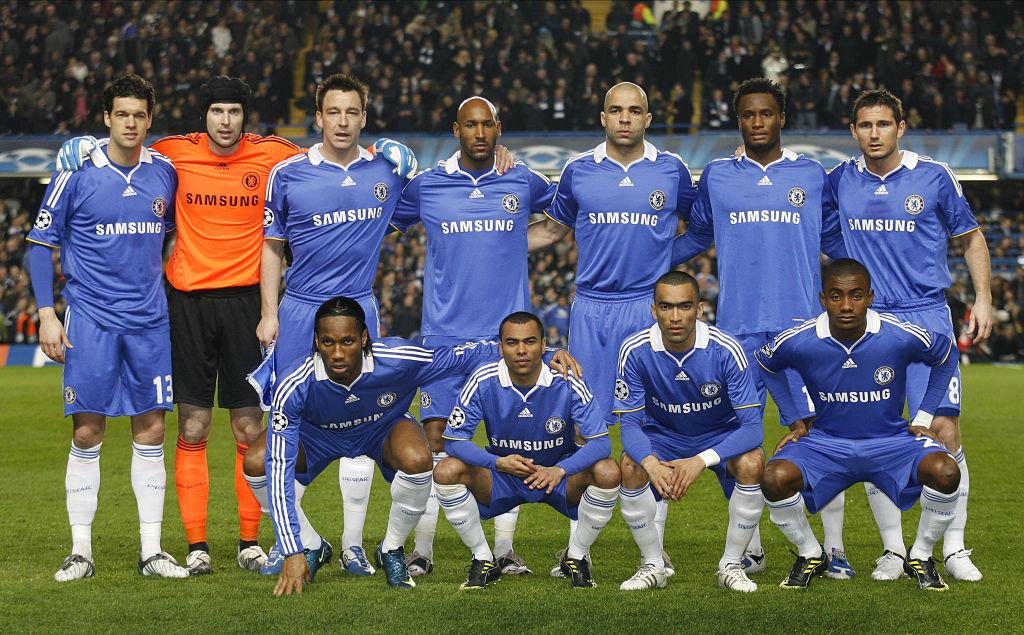The low block: football tactics explained
So, what is a low block? Here's your tactical explainer on an important defensive strategy
Ahh, the low block. Making yourself hard to play against is one of the fundamentals to football coaching. You can have a team full of talented, technically excellent, footballers, but if you also have a soft underbelly, don’t expect results over a long hard season.
At times football is often talked about like a chess match, particularly when it comes to the tactical battle, and as we all know rule one of chess (probably) is to think, “which move would make things most uncomfortable for my opponent right now?” Then do it.
This is often where the decision to employ a low block comes from – so fancy a tactical explainer? FourFourTwo has the breakdown for every single football term you'll need – and this one is a particularly common one in English football.

I'm Jack, I've watched football through a tactical lens for over a decade, analysing trends not only at the top of the game, but also how strategies and approaches can be used at amateur level.
I’m also an FA-level 2 qualified coach and have written extensively on tactical analysis for various publications. A lot of my spare time is spent training, playing the game, or settling down to perfect a tactical approach on Football Manager.
What is the low block?
A low block occurs when a team holds a deep narrow defensive line out of possession. They will have their defenders close to their own goal, to deny the opposition space to run in-behind the backline.
The midfield and attack will also be within, or close to, their own half with minimal space between each unit, with the priority to protect their deep-lying defensive line. Space in the opponents half is conceded.
In the clip above, the team in black are camped in a low block, while the team in sky-blue are trying to find a way to break them down.
There is also an expectation on the centre-backs, whether playing two or a three, not to be passive and simply sit back. They must show controlled aggression and aim to dominate the space in front of them, not allowing the opposition to pass their way through the block and break the lines with ease.
Get FourFourTwo Newsletter
The best features, fun and footballing quizzes, straight to your inbox every week.
A team employing the low block won’t be expected to have the majority of possession over 90 minutes, but this does not mean it is an ineffective tactic, far from it.
If a team can do this while remaining ‘compact’ they can become very difficult for the opposition to break down, restricting the number of chances in a game. It is a set-up best employed for a match where you know the opposition might have more individually talented players, but suspect they might lack cohesion and creativeness.
Who successfully uses the low block?

At the top level of European football, few have mastered the tactic quite like Diego Simeone. The longstanding Atletico manager has successfully used a low block throughout his 13 years at the club.
Simeone regularly employs a narrow 4-4-2 system, or at times a 5-4-1, with his out-of-possession structure designed entirely to deny the opposition space inside. The Argentine’s team are particularly adept at defending aggressively when the ball comes into their penalty area.
This forces the opposition to try and play through the middle, rather than rely on an overload of crosses from full-backs or wide players. However, getting through the middle of such a well-drilled narrow side is often something of an impossible task.

Jose Mourinho, meanwhile – ranked at no.12 in FourFourTwo's list of the greatest managers ever – employed a low block masterfully when guiding Inter Milan to a historic treble in the 2009/10 season. In the return legs of all three Champions League knockout ties that year, the Italians' incredibly organised low block, produced some of the greatest defensive performances you could wish to see. The most famous came against Barcelona in the semi-final when Inter played well over an hour with ten men and still went through.
For defenders like Lucio, Marco Materazzi, Walter Samuel and Christian Chivu the low block suited them down to the ground. Inter's defensive record in the Coppa Italia that season spoke volumes – five games played, four clean sheets and just one goal conceded as they won the cup.
Mourinho continued to use the low block when in his second spell at Chelsea, Manchester United and also at times during his short reign at Tottenham with mixed success. But the Special One has varied his approach throughout his career. His Porto side that also became European Champions, normally did the opposite, with an advanced defensive high line and pressing from the front.
Teams defending with a low block tend to be built around one or two strong defensive midfielders, with the whole team looking to create numerical superiority in front of their own box. Often, when the defending team wins the ball, they will look to bypass the counter-press from their opponents and launch the ball long to a target man. This relieves the pressure of defending for sustained periods and provides a chance to counter themselves.
Antonio Conte is the most recent manager to win the Premier League title partly by employing a low block. His 2016/17 Chelsea side became champions while conceding just 33 goals in 38 games, or more impressively, 24 goals in 32 games when setting aside the first six games of that season.
The same division always provides tactical variety often through teams using low blocks. For years Tony Pulis turned Stoke City, and by definition the Britannia Stadium, into a fortress constructed on the foundations of a rock-solid low block.
Pulis later employed a similar style at Crystal Palace to keep them up in 2013/14. For all the wider noise surrounding his teams on physicality and set pieces, most importantly of all, they knew how to defend. Sean Dyche and Roy Hodgson have utilised a similar approach in recent years at Burnley and Crystal Palace respectively.
What are the pros and cons of a low block?

If able to consistently deny the opposition space, the low block can prove hugely effective. When you have an advantage or lead to protect and the primary aim is to keep things tight at the back, the pros usually outweigh the cons.
But it can make it harder to create chances of your own. By conceding such huge swathes of territory, getting the ball up the other end is, naturally, going to be a tough ask.
You need players capable of transitioning at lightning speed, whilst also knowing how best to use space while carrying the ball. Individuals who have enough energy to quickly get their defensive shape back once they have lost the ball is another essential.
The system also requires good communication between teammates and concentration over 90 minutes. Playing a low block requires discipline. Setting up the team in this manner without being disciplined, is almost akin to immediately throwing in the towel.

Jack has worked as a sports reporter full-time since 2021. He previously worked as the Chief Women’s Football Writer at the Mirror, covering the England Women’s national team and the Women’s Super League. Jack has reported on a number of major sporting events in recent years including the 2023 FIFA Women’s World Cup on the ground in Australia. When not writing on football, he can often be spotted playing the game somewhere in west London.
- Mark WhiteContent Editor
